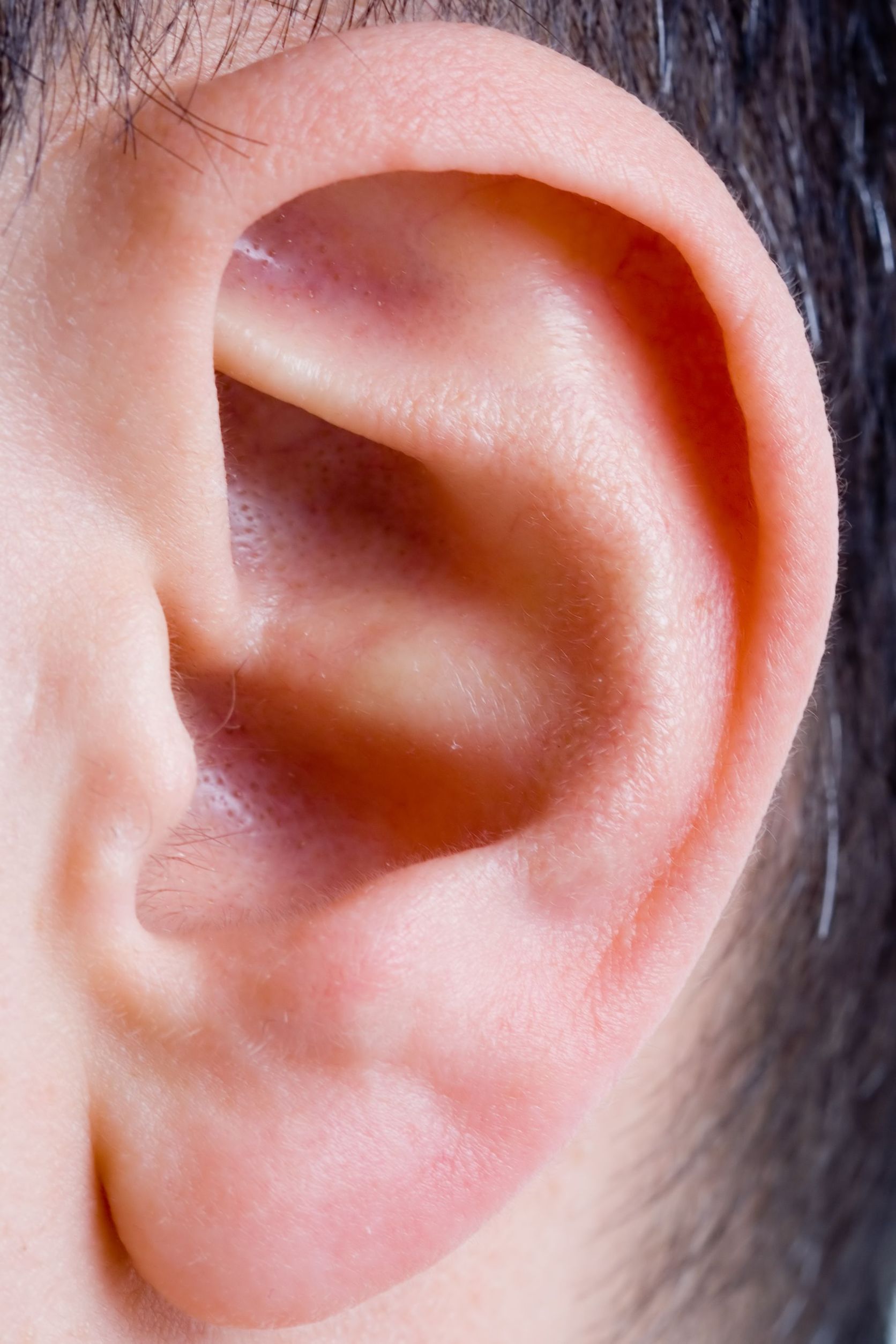 As you’re probably aware if you read this blog, we’ve been helping push patients who have undergone the Daith Piercing for headaches to Dr. Chris Blatchley’s website. Dr. Blatchley has been attempting to conduct one of the foremost studies on the Daith Piercing, and he recently completed his findings. You can see the full results from Version 1 of the study by clicking here. If that link is no longer working, head to his website and look for a link to the survey results.
As you’re probably aware if you read this blog, we’ve been helping push patients who have undergone the Daith Piercing for headaches to Dr. Chris Blatchley’s website. Dr. Blatchley has been attempting to conduct one of the foremost studies on the Daith Piercing, and he recently completed his findings. You can see the full results from Version 1 of the study by clicking here. If that link is no longer working, head to his website and look for a link to the survey results.
Before we get into some of the findings in Version 1, Dr. Blatchley reached out to us to see if we could help direct people to take a second version of the Daith Piercing survey. This will again help us learn more about pain pathways and how the piercing may help some individuals with certain types of headaches and migraines. So if you haven’t yet taken the second version of the Daith Piecing Survey, please click here and consider taking a couple minutes to help advance our medical knowledge.
Daith Piercing Survey Results
As we mentioned above, you can take a closer look at the full report by clicking the above link, but here are some of the takeaways in bullet point form:
- More than 1,250 individuals completed the survey.
- 98.5 percent of survey respondents were women.
- 90% had seen a family doctor and 40% a medical specialist. 44% had underwent a brain/MRI scan.
- Roughly 80 percent of patients said they were either “Delighted” or “Very Happy” with the results from the Daith Piercing in terms of headache relief at measured intervals after receiving the piercing (first 30 days, 1-3 months, 4-6 months, etc.).
- Only 2.6% of respondents said they were “Very Unhappy” with the piercing, with the most common reason why being that it did not provide them with headache relief.
- Interestingly, the side the piercing was on was split almost right down the middle. 51 percent got the piercing in their right ear, while 49 percent got it in their left ear.
- About 20 percent of respondents had both ears pierced with the Daith technique.
- The majority of respondents reported a decrease in symptoms of headache frequency after undergoing the piercing, and many of these decreases occurred quickly after the piercing was administered.
For more information about the study, or to check out the results, I urge you to head over to Dr. Blatchley’s site. Hopefully Version 2 of the study will be as enlightening as the first version.
 If you’ve
If you’ve  We wanted to give you another quick update on the Daith piercing survey that a colleague of mine is running in order to help us better understand how the Daith piercing may help individuals with chronic headaches. This update won’t have a lot of information, but that’s a good thing. Medical journals are pretty picky when it comes to publishing studies that have already been published in another source, so in order to ensure the findings get shared in a major medical journal, this update can only speak in generalities.
We wanted to give you another quick update on the Daith piercing survey that a colleague of mine is running in order to help us better understand how the Daith piercing may help individuals with chronic headaches. This update won’t have a lot of information, but that’s a good thing. Medical journals are pretty picky when it comes to publishing studies that have already been published in another source, so in order to ensure the findings get shared in a major medical journal, this update can only speak in generalities. As we mentioned a couple of weeks ago, a colleague of mine decided that he wanted to conduct some research on the daith piercing among individuals who have sought out the piercing for migraine relief.
As we mentioned a couple of weeks ago, a colleague of mine decided that he wanted to conduct some research on the daith piercing among individuals who have sought out the piercing for migraine relief. The internet is a wonderful thing. Not only has it made it easier for patients to find information, but it has also allowed doctors who would never otherwise meet to connect with one another. The latter recently happened with us.
The internet is a wonderful thing. Not only has it made it easier for patients to find information, but it has also allowed doctors who would never otherwise meet to connect with one another. The latter recently happened with us.